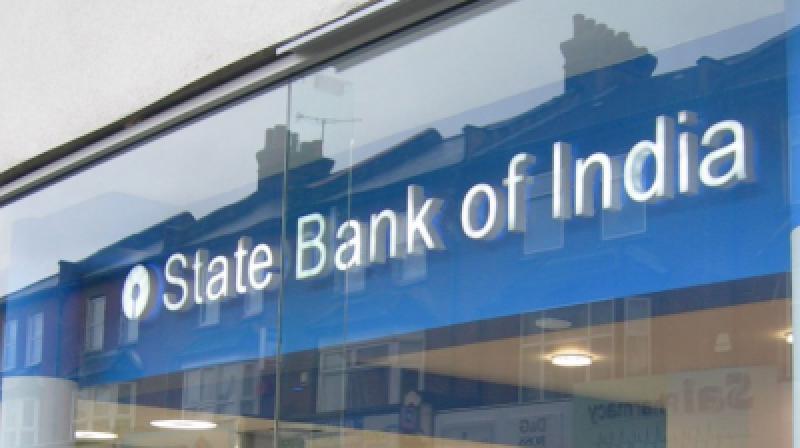State Bank of India has slashed its Base Rate – an earlier lending benchmark by 30 basis points to 8.65% which means loan borrowers can now lend money from the banks at a cheaper rate. This is a surprising move at the onset of the year and is likely to be carried out by other banks too in the coming days. Yet the bank hasn’t made any changes in its existing benchmark. Thus there will be no change in the marginal cost of the lending rate (MCLR).
From the banking source, it is revealed that over 80 lac borrowers are likely to get benefited from this reduction. On its website, SBI declared, “Base rate reduced from 08.95% p.a. to 8.65% p.a. w.e.f. 01.01.2018.” The bank has also lowered the BPLR (Benchmark Prime Lending Rate) from 13.70 percent to 13.40 percent.
The Base Rate is the minimum lending rate below which banks can’t lend money. The reduction in the Base Rate will definitely benefit the active borrowers, who had borrowed money as home loans from the bank before April 2016 and also people who rose at floating rate. Additionally, the bank has also decided to extend the active waiver on home loan processing fees till March 31 2018, for the new customers who are willing to purchase home and people who want to switch their loan account to SBI.
“This surprise move is likely to usher in more residential property sale throughout the country. A large number of people, willing to buy their dream home in Kolkata and other cities can actually avail easy to repay home loan accessibility. Additionally, the waiver on home loan processing fees will translate in bigger sales and credit growth for the mortgage lending financial institutions, – said Mr. Mahesh Somani, Head- East Zone, National Association of Realtors India (NAR).
However, along with this latest announcement SBI has become the lowest among the other mortgage lenders. Earlier, the bank has reduced its Base Rate by 5 basis points from 9% to 8.95% in September 2016 which had been followed by the other financial institution until this latest announcement. This reduction is an effort of SBI to certify the transmission of reduction in the policy rates in the recent past. However, around 30-40% loans in the industry are still linked to base rates.
According to the latest market predictions, lending rates are an unlikely trend downward unless there is a steady resurgence in credit growth and higher loan volume ad-lib for lower rates.
-LNN (Liyans News Network)- Interested in north Kolkata apartments? Explore luxury residential property in north Kolkata here. Get project details, location map, floor plan, price list and other details explained. Buy/Sell/Rent properties across 100+ cities in India.




